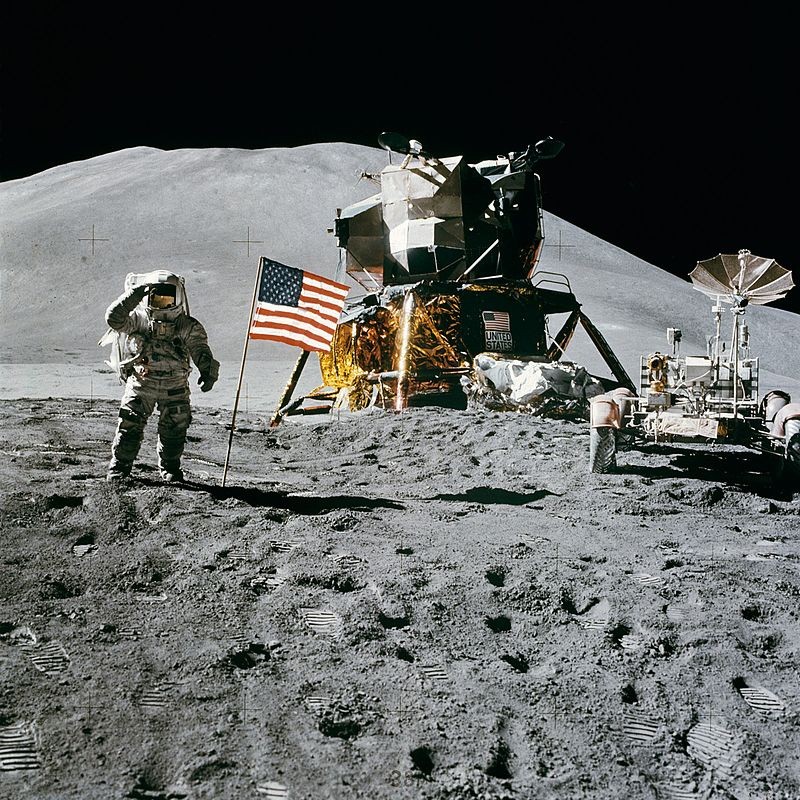Researchers believe leftover space trash from an eight-year-old mission is speeding toward the moon and is on course to leave a large crater behind.

Leftover Space Junk
According to The Associated Press, leftover space junk from a rocket mission will collide with Earth's celestial partner on Friday, March 4, with around three tons of debris flying at 5,800 miles per hour onto the moon's surface.
The impact will produce a crater with a diameter of 33 to 66 feet. The debris will scatter moon dust hundreds of kilometers over the lunar surface when it collides.
Lunar Craters
Craters are relatively abundant on the moon because of the lack of atmosphere, and they endure on the surface after impact due to the lack of weather-causing erosion. Numerous meteors, asteroids, and space debris cause these collisions, covering over 1,000 miles of the surface.
The landing zone of the space debris, which is anticipated to hit on March 4, will temporarily keep the impact away from satellite detection.
A Chinese lunar lander and NASA's Lunar Reconnaissance Orbiter, among other impact detection gear, will be too far away to ascertain the crater's entire length. It might take months for further information on the impact to become available.
Related Article : Earth to Have Saturn's 'Rings' as Space Junk Continues to Pile Up
Observation
Bill Gray, a mathematician and physicist commented on his asteroid-tracking website Project Pluto, "I had been waiting for something (big) to strike the moon for a long time. Ideally, it would have struck on the moon's near side at a place where we could observe it."
Determining the Source
Gray has been in the vanguard of determining the source of the space debris collision, eventually settling on China's Chang'e 5-T1 booster, which was part of a rocket launched in 2014.
The Chinese Ministry of Foreign Affairs declared on February February 21, 2022, that the rocket was not the item destined for the moon's surface.
However, Gray claims the Ministry mistook the 2014 mission for a November 2020 mission.
The rocket booster for the 2020 mission re-entered over the Pacific Ocean, but analysts decided that the booster for the 2014 mission had not de-orbited.
On March 2, US Space Command officials acknowledged that the Chinese lunar mission of 2014 "never de-orbited." Gray described this "probably an honest error on the part of the Foreign Ministry."
International Concern
Gray indicated that his evidence is "quite persuasive" based on the object's composition, among other considerations.
Still, he is not optimistic that the 2014 mission catalysts for the March 4 hit. Gray's analysis first pointed to a 2015 SpaceX launch of a deep space climate observatory for NASA as the source of the problem until more data forced a revision.
Gray noted during his inquiry that the impact is not "a China problem" but rather a global concern with how space mission trash is handled.
For more Space news, don't forget to follow Nature World News!
© 2025 NatureWorldNews.com All rights reserved. Do not reproduce without permission.





